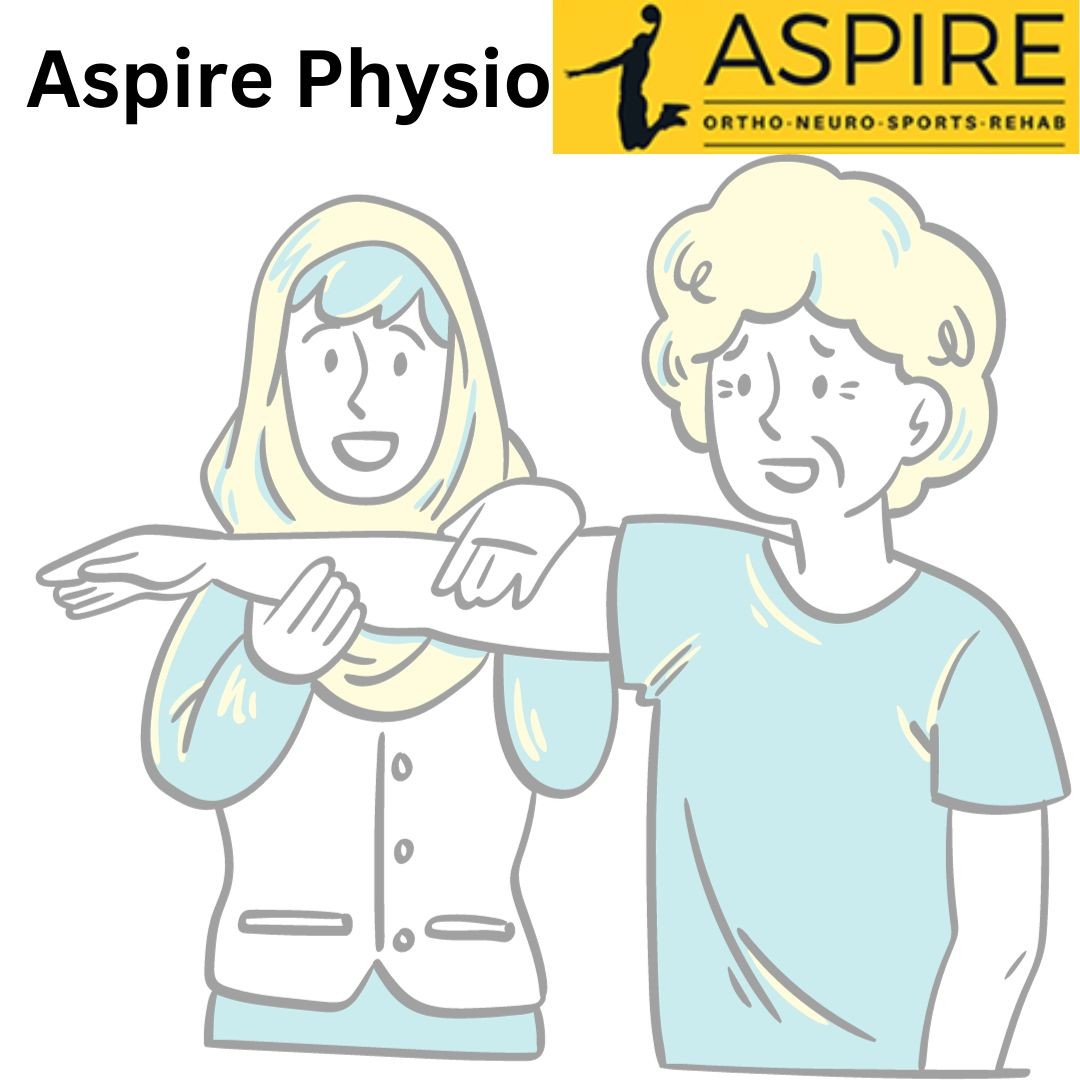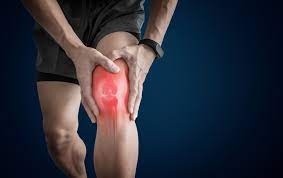Neurological rehabilitation, or neuro rehab, involves a spectrum of techniques designed to address and alleviate the challenges individuals face after neurological events. From strokes to traumatic brain injuries and neurodegenerative diseases, the application of specific neuro rehab techniques is pivotal in promoting recovery, independence, and an improved quality of life.
I. Physical Therapy
Physical therapy stands as a cornerstone in neuro rehab, utilizing targeted exercises and interventions to enhance mobility, strength, and coordination. Techniques may include gait training, balance exercises, and muscle strengthening routines tailored to the individual's specific needs.
Also Visit: Physiotherapist in Palam Vihar Also Visit: Ergonomic Care in Udyog Vihar
II. Occupational Therapy
Occupational therapy focuses on facilitating independence in daily activities. Techniques involve cognitive exercises, adaptive strategies, and simulations of real-life tasks to improve the individual's ability to perform self-care, work-related duties, and other activities of daily living.
III. Speech Therapy
Speech therapy plays a crucial role in addressing communication challenges and swallowing difficulties often associated with neurological conditions. Techniques encompass speech exercises, language therapy, and strategies to improve articulation and fluency.
Also Visit: Sports Injury Doctor in Sector 15 Gurugram Also Visit: Sports Injury Rehab in Sector 17 Gurugram
IV. Assistive Technologies
The integration of assistive technologies is transforming neuro rehab. Robotic exoskeletons, brain-computer interfaces, and virtual reality platforms offer innovative ways to enhance rehabilitation outcomes. These technologies provide a bridge between traditional therapeutic approaches and cutting-edge solutions.
V. Neuroplasticity-Based Interventions
Understanding and harnessing neuroplasticity is fundamental in neuro rehab. Techniques based on neuroplastic principles involve repetitive and targeted activities that stimulate the brain's adaptive capacity, promoting the formation of new neural connections.
VI. Cognitive Rehabilitation
Cognitive rehabilitation targets the restoration or enhancement of cognitive functions, including memory, attention, and problem-solving skills. Techniques may include memory exercises, cognitive games, and mental imagery practices.
VII. Functional Electrical Stimulation (FES)
FES involves the use of electrical currents to stimulate paralyzed or weakened muscles, promoting muscle contractions and functional movements. This technique is particularly beneficial for individuals with spinal cord injuries or certain neurological conditions affecting muscle function.
Also Visit: Stroke Rehab in Sector 2 Gurugram Also Visit: Neuro Rehab Centre in Sector 18 Gurugram
VIII. Mirror Therapy
Mirror therapy is employed to alleviate pain and improve motor function. It involves the use of mirrors to create the illusion of movement in the affected limb, encouraging the brain to rewire and enhance motor control.
IX. Aquatic Therapy
Aquatic therapy takes advantage of the buoyancy and resistance of water to facilitate movements and exercises. Particularly beneficial for individuals with mobility challenges, this technique provides a low-impact yet effective environment for rehabilitation.
X. Constraint-Induced Movement Therapy (CIMT)
CIMT involves restraining the use of the unaffected limb to encourage intensive use of the affected limb. This technique aims to overcome learned non-use and promote the recovery of motor functions in the affected limb.
XI. Music Therapy
Music therapy incorporates musical elements to address emotional, cognitive, and motor challenges. Techniques may involve singing, listening to music, or playing instruments, contributing to overall well-being and engagement in the rehabilitation process.
XII. Virtual Reality Rehabilitation
Virtual reality (VR) is revolutionizing neuro rehab by providing immersive and interactive environments for therapeutic interventions. VR allows individuals to engage in simulated activities, promoting motor skills, balance, and cognitive functions.
XIII. Biofeedback Training
Biofeedback involves using electronic monitoring to provide real-time information about physiological processes, such as muscle activity or brainwaves. This technique helps individuals gain awareness and control over specific bodily functions, aiding in rehabilitation.
XIV. Yoga and Mindfulness Practices
Integrating yoga and mindfulness practices into neuro rehab addresses both physical and emotional well-being. These techniques focus on relaxation, breathing exercises, and gentle movements to enhance overall resilience and coping mechanisms.
XV. Community Reintegration Programs
Reintegrating individuals back into their communities is a vital aspect of neuro rehab. Community programs involve real-life simulations and social interactions, preparing individuals to navigate the challenges of daily life independently.
In conclusion, the array of neuro rehab techniques reflects the dynamic and evolving nature of this field. As research continues to expand our understanding of neurological recovery, these techniques will undoubtedly become more sophisticated, offering new hope and possibilities for those on their rehabilitation journey.








